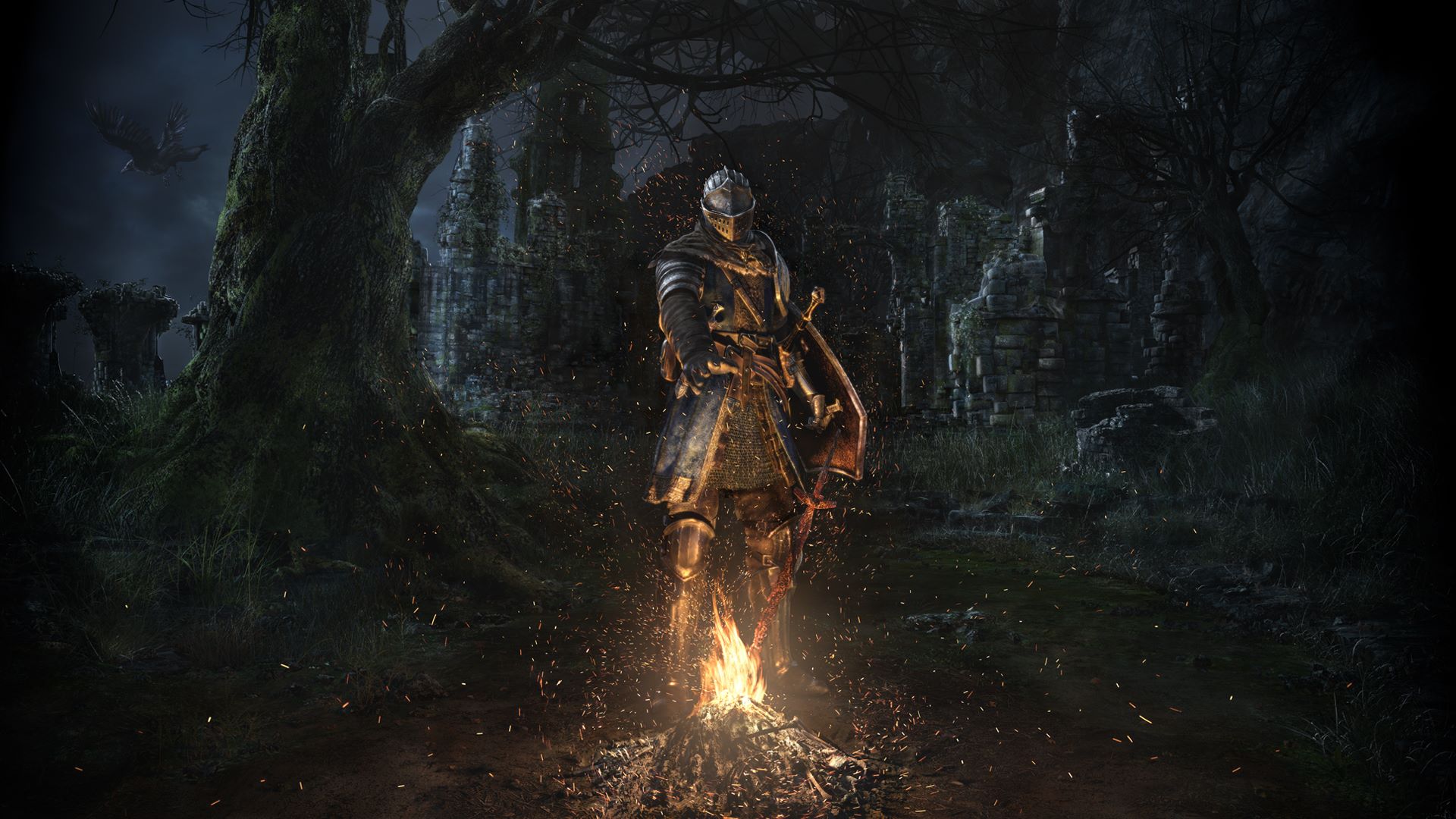
FromSoftware’s long-running Souls franchise has garnered quite a following worldwide. While the third and final game in the series has been available for some time, Bandai Namco decided to remaster the original game for modern consoles and computers. Many changes and tweaks have been made to FromSoftware’s tried and true formula since this game has been released, so it’s very interesting to return to the game that established a bold new world, as well as further cemented their “Souls-like” style. Are the visual and quality of life improvements enough to make the return to Lordran worth your time? Read on to find out!
Dark Souls Remastered
Publisher: Bandai Namco
Developer: FromSoftware
Platform: Windows PC, PlayStation 4, Xbox One, and Switch (Reviewed)
Release Date: May 23rd, 2018 (PC, PS4, XB1), October 19th, 2018 (Switch)
Players: 1 Player
Price: $59.99
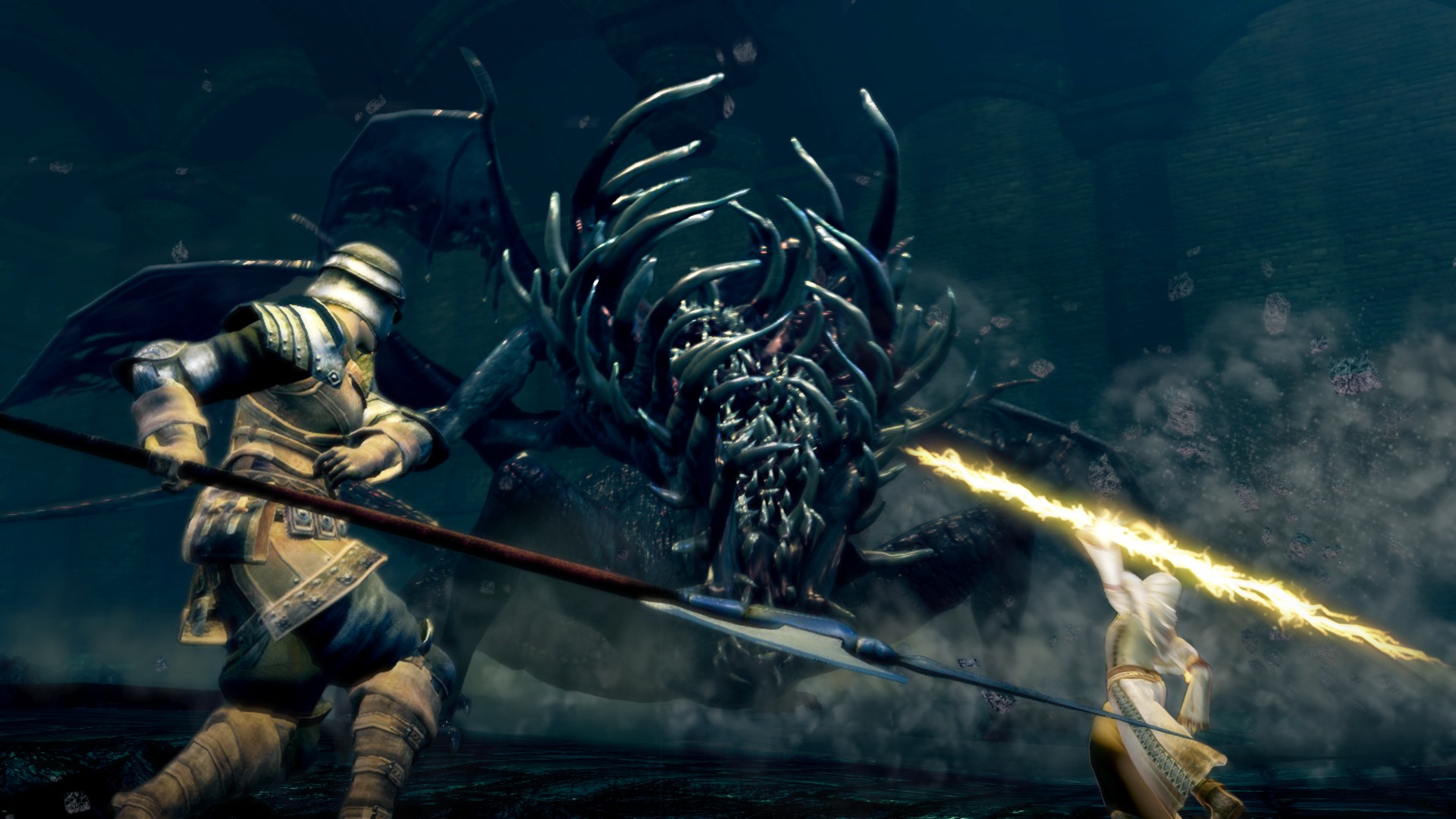
Dark Souls Remastered brings a 2011 game furiously thrusting into the modern gaming scene with all of its unforgiving boldness. The game runs at a whopping 4K and 60FPS on Windows PC, PlayStation 4, and Xbox One now. The Switch version is capped at 1080p docked and 720p in handheld mode – both of which are locked at 30FPS.
For the sake of this review, I’ll be primarily comparing the PS4 and Switch versions of the remaster in terms of performance. The Switch version suffers in terms of improved textures, bonfires and estus drinking looking fancier, and the higher framerate seen in the other versions. However, the Switch version can still look and perform quite well, especially for a 2011-released game.
Dark Souls Remastered being mostly a visual and performance upgrade also brings into question whether or not owners of the original game should double dip. In my humble opinion – this is enough of a visual and performance upgrade to warrant a second copy. It feels like an entirely new game, and this can also affect gameplay too.
Regardless of which platform you’re playing the remaster on, certain areas notorious for chugging framerates, like Blighttown, are now a breeze due to the locked framerate. Random framerate drops found elsewhere are gone, so now the only thing you can blame dying on is your own ineptitude. You could even say the clarity and performance boost removes some of the mystery.
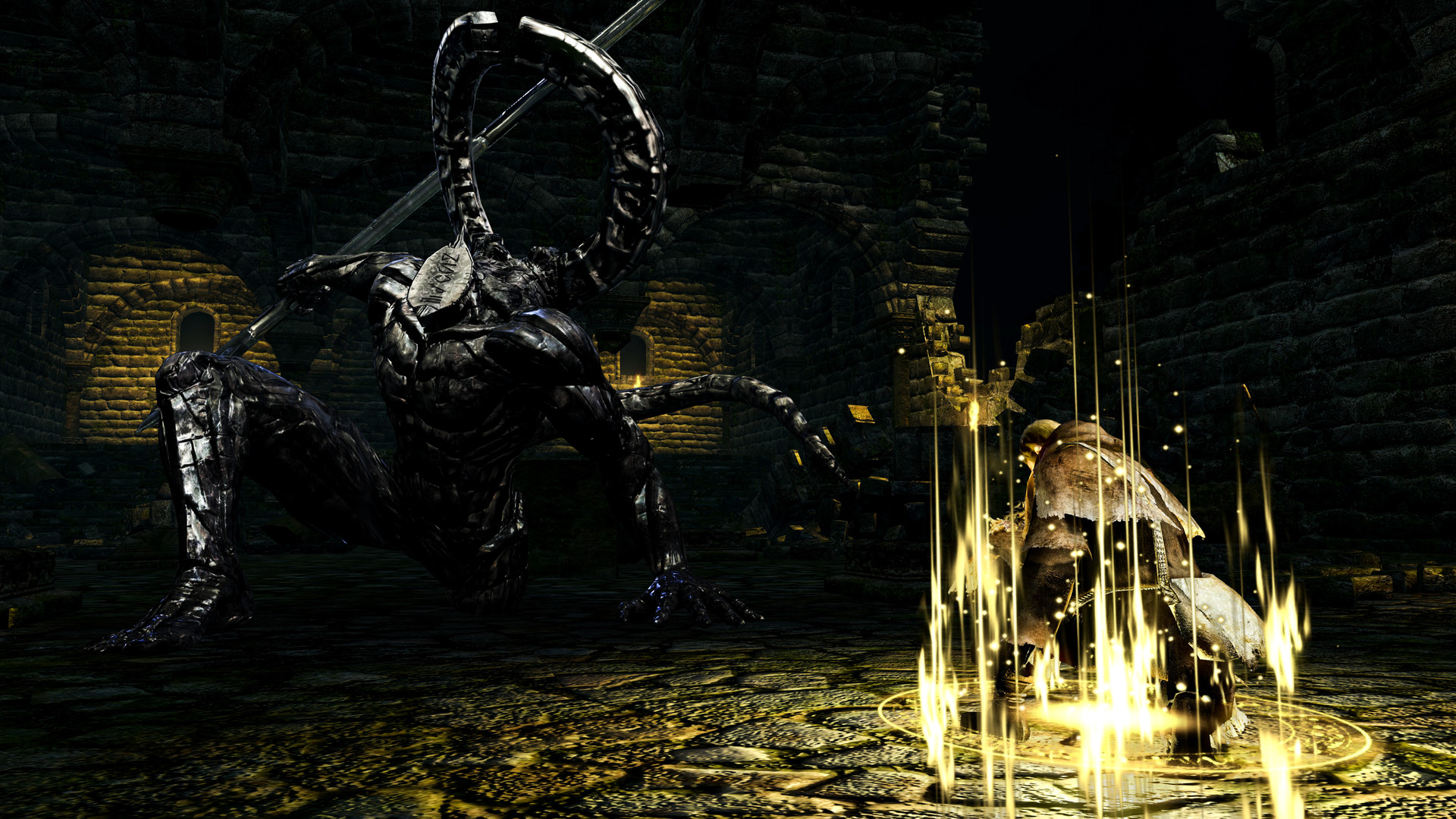
Areas with really bright and blooming lighting that would sometimes obscure dangers or enemies are now much clearer with the improved resolutions and framerates. This is both a good and a bad thing if you frequently go from pre-HD to HD-only gaming, especially in games like the Souls franchise – where you have to be watching every single piece of your screen.
Despite the game looking better and ironically less mysterious or foreboding due to its better resolution, everything else translates very nicely. Environments and textures bring together the dark and doomed world of Lordran, human characters and monsters alike are generally fantastic, and various animations or effects really bring said characters or monsters to life.
As this is purely a remaster, there aren’t really any changes made to the gameplay itself that would be considered a legitimate game changer. This is essentially the definitive edition of Dark Souls, and it also includes the great Artorias of the Abyss expansion.
Furthermore, you won’t really see a difference between the super HD versions on PC, PS4, or Xbox One and the Switch unless you have them running side by side. I totally enjoyed what I saw both on PS4 and with the Switch in docked or handheld mode. The game simply looks that much better, and it’s wonderful.
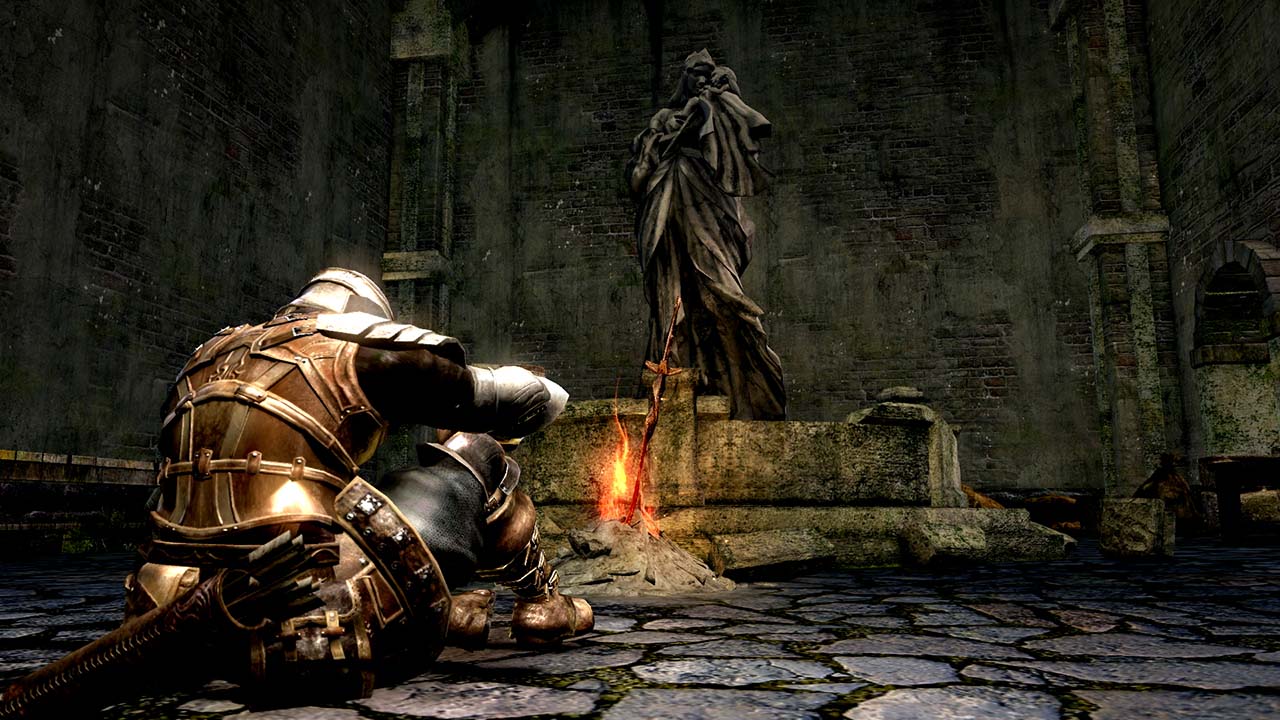
While core gameplay is untouched, there are quality of life improvements that make certain things easier. You can now consume multiple items at once, making redeeming collected souls easier – as well as cementing your allegiance to a covenant. You can also swap covenants at any bonfire now.
Overall, as more of an admittedly casual Souls fan, I thoroughly enjoyed my time revisiting Dark Souls, largely on the Switch. I’ve always sort of dabbled in the franchise and enjoyed it, but my time analyzing this remaster really made me come to love its dark, unrelenting world.
The formula that has worked so well, pioneered largely by the Souls franchise, has finally enraptured me. This is not your typical hacky-slashy action RPG, instead you’re thrust into a brooding and contemplative game of physicality and tactics. It’s an entirely hostile experience, and I love it.
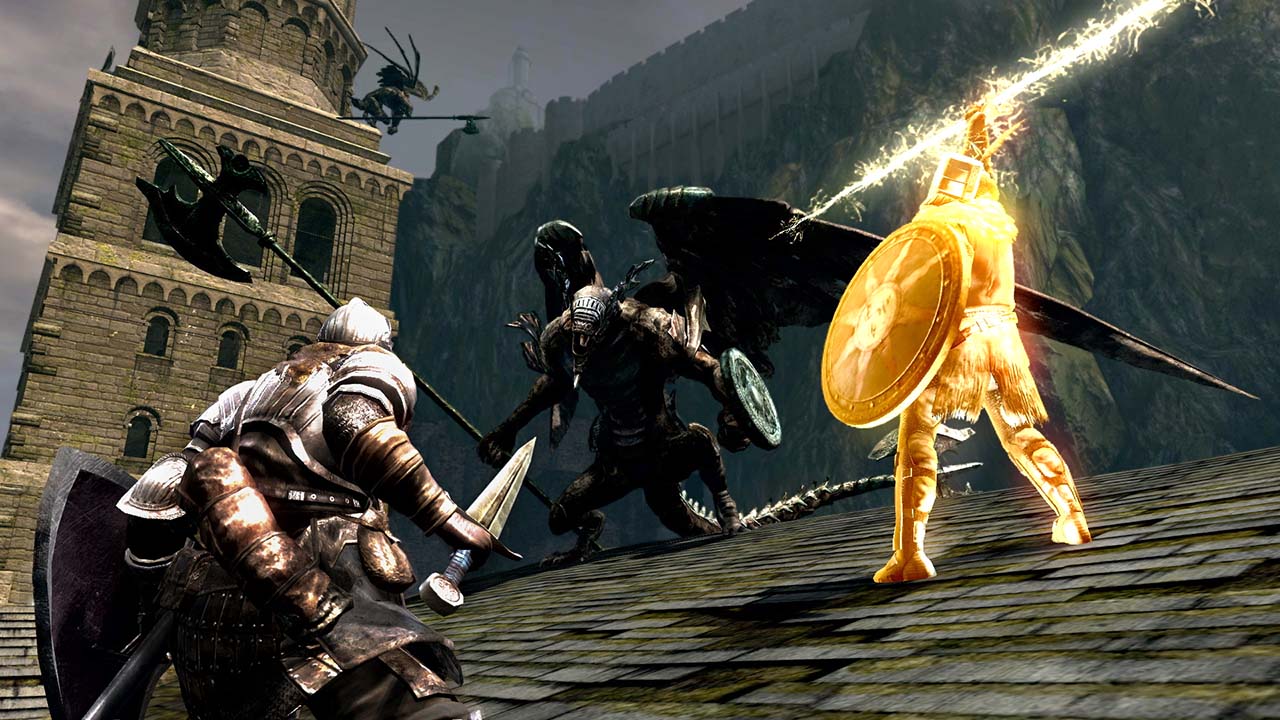
This brings up another issue with the game remaining largely untouched – if you were let down by Dark Souls as a Demon’s Souls fan, you’re going to have the same experience here in terms of progression and linearity. Likewise, improvements made in Dark Souls 2+3 are not in this game.
The first half of the game is an excellent focus on exploration and storytelling by inference, by that I mean you’re not subjected to boring cutscenes or “press X to awesome” cinematic gameplay. Instead, you’ll be exploring every nook and cranny in search of clues, better gear, and of course – enemies.
Much of the game is about that little victory you finally manage to achieve following numerous deaths, because you will obviously die – a lot. The moment you finally acknowledge your faults and simply learn by doing, you’ll finally overcome the obstacles in Dark Souls.

This is essentially classic gameplay and difficulty distilled, presented in modern form to a new generation of gamers accustomed to being literally hand-held through an entire video game. I revel in it, and yet, I feel depressed this has become a novelty in the modern era due to lame hand-holding.
You progress through meticulously laid out worlds and levels – as the game gets a bit more linear in the latter half – dying and learning as you go. This is textbook difficulty you’d see from generations ago, and yet the Souls franchise has become synonymous with challenging gameplay.
I don’t want to get preachy about the combat and challenge that Dark Souls presents nor do I want to sound like a jaded old grognard. I thoroughly enjoyed my time with the game and think, during certain pivotal times, it presents a legitimate challenge. I just wish people would see the game for what it is and not as some novelty for its difficulty, which is nothing new.
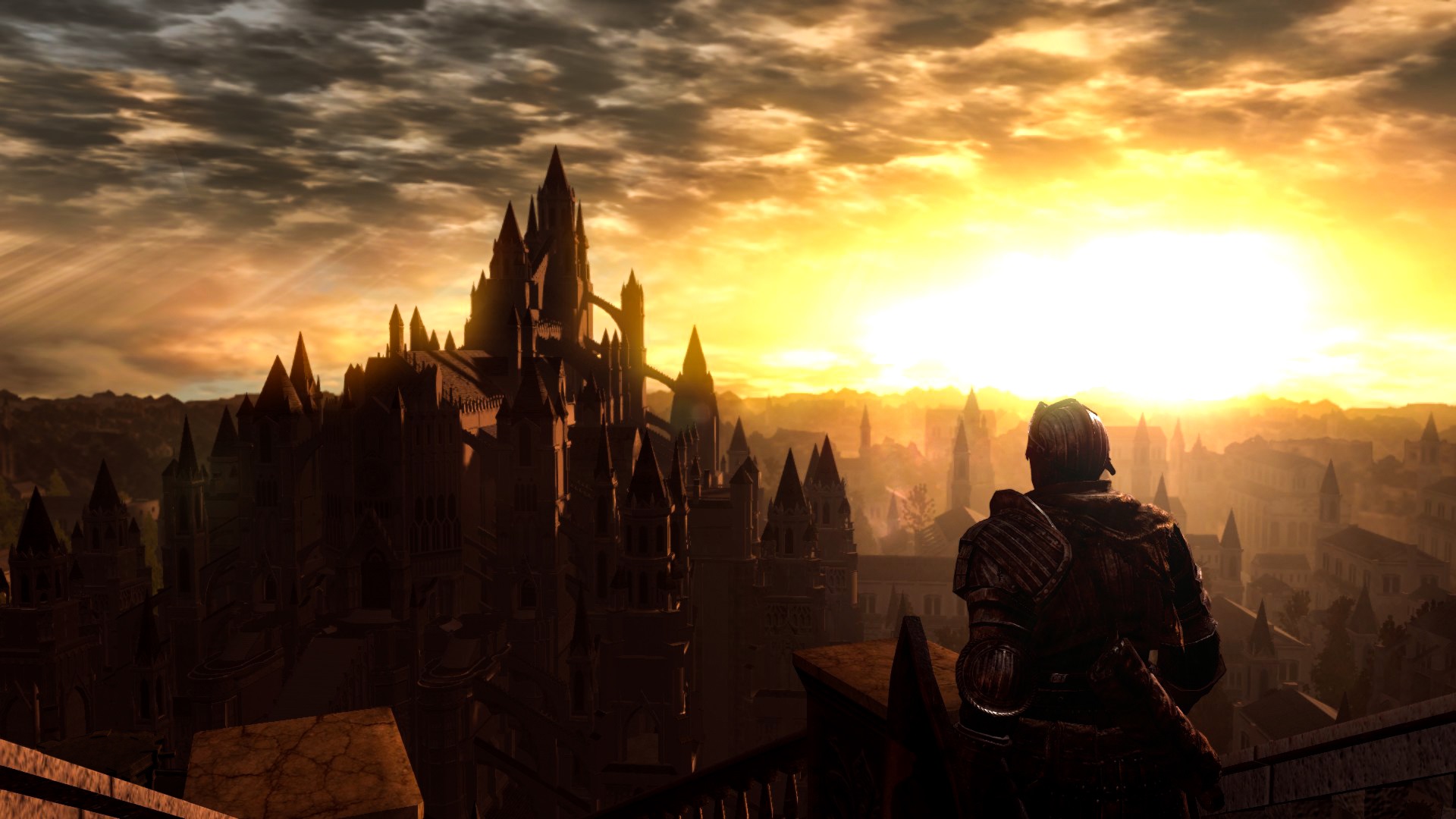
The story of Dark Souls, much like any great epic, is cyclical. Undead humans, driven beyond the “hollow” state due to losing their humanity, are corralled into asylums in the hope one undead is chosen to fulfill the prophecy and rekindle the First Flame. This flame keeps the world from essentially falling into darkness – literally, and ending.
Most of the actual story and lore behind the Dark Souls franchise is cryptically told via the odd NPC interaction here and there. Most of the time you’re simply wandering around in the dark, trying to survive and defeat your enemies, fighting against a world crumbling into darkness. This cycle, this journey achieved by a chosen undead, must happen every thousand years.
The stark emptiness and desperation the game drops you into is definitely a welcome contrast to the majority of games that beat you over the head with explanations. You’re forced to stumble around and figure out how to save a world already screwed – with realistically no help at all. Against all odds, through undeath, the story itself mirrors the players challenges to overcome.
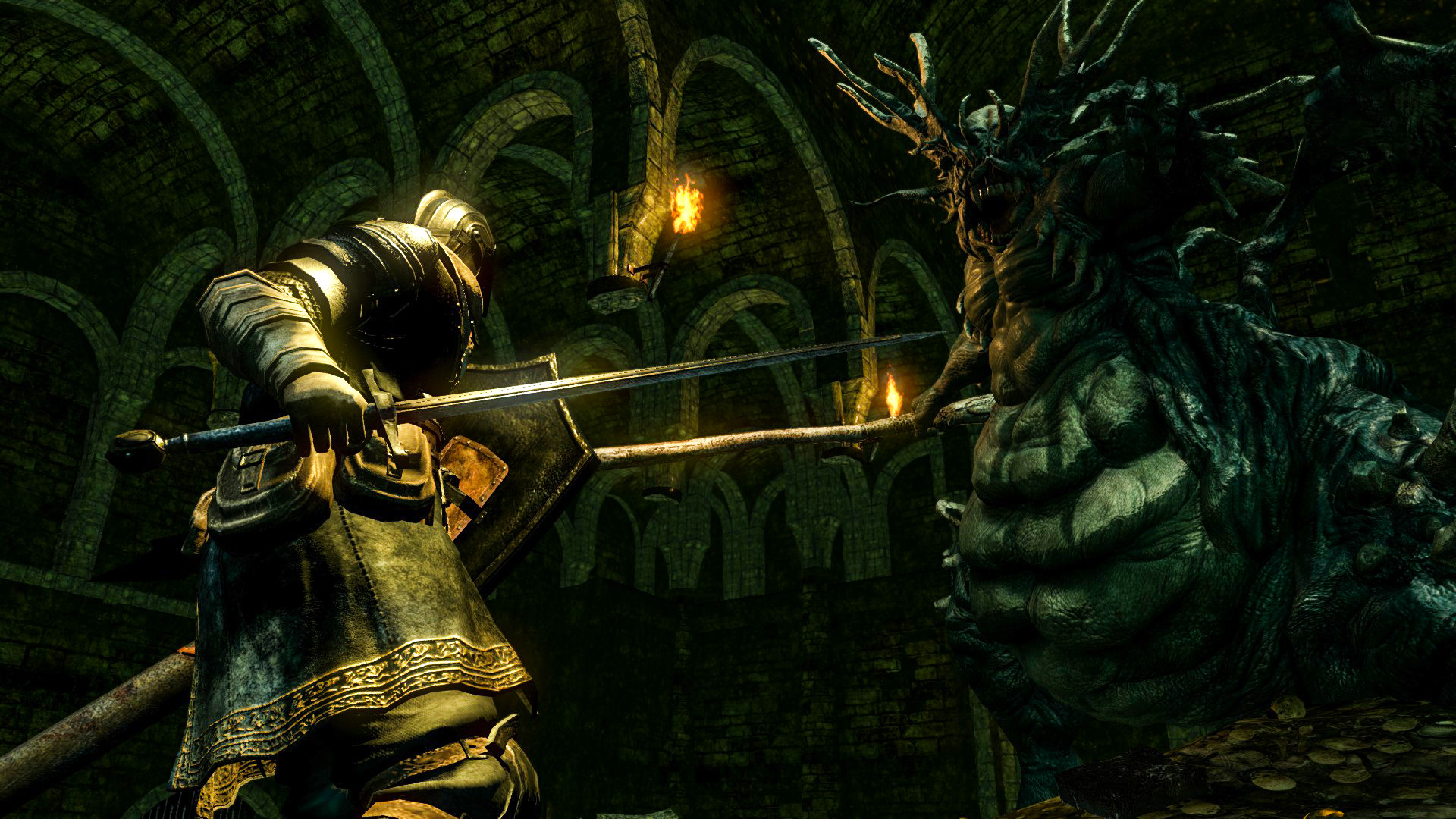
The soundtrack in Dark Souls, handled by none other than Motoi Sakuraba, known for his long pedigree of titles at Bandai Namco including the Tales of franchise, establishes a dark and disturbing world in which you really feel screwed. The majority of music you will ever hear are the melodies of impending doom – mostly played during boss fights.
During said boss fights the music perfectly highlights the battle itself and really heightens the anxiety and outright desperation in that moment. I guarantee if you turned off the music these battles would be a thousand times less intimidating, and yet, they really create a series of peaks and valleys in regards to your nerves.
Every once in awhile, you’ll get a moment to rest – and sometimes the accompanying ethereal tune which helps take the edge of the last boss battle off. The majority of the game, however, is silent but filled with the foley noises of your own feet. Weapon noises, exasperated yells, injured screams, clanging of weapons, all of the various noises are excellent and well crafted.
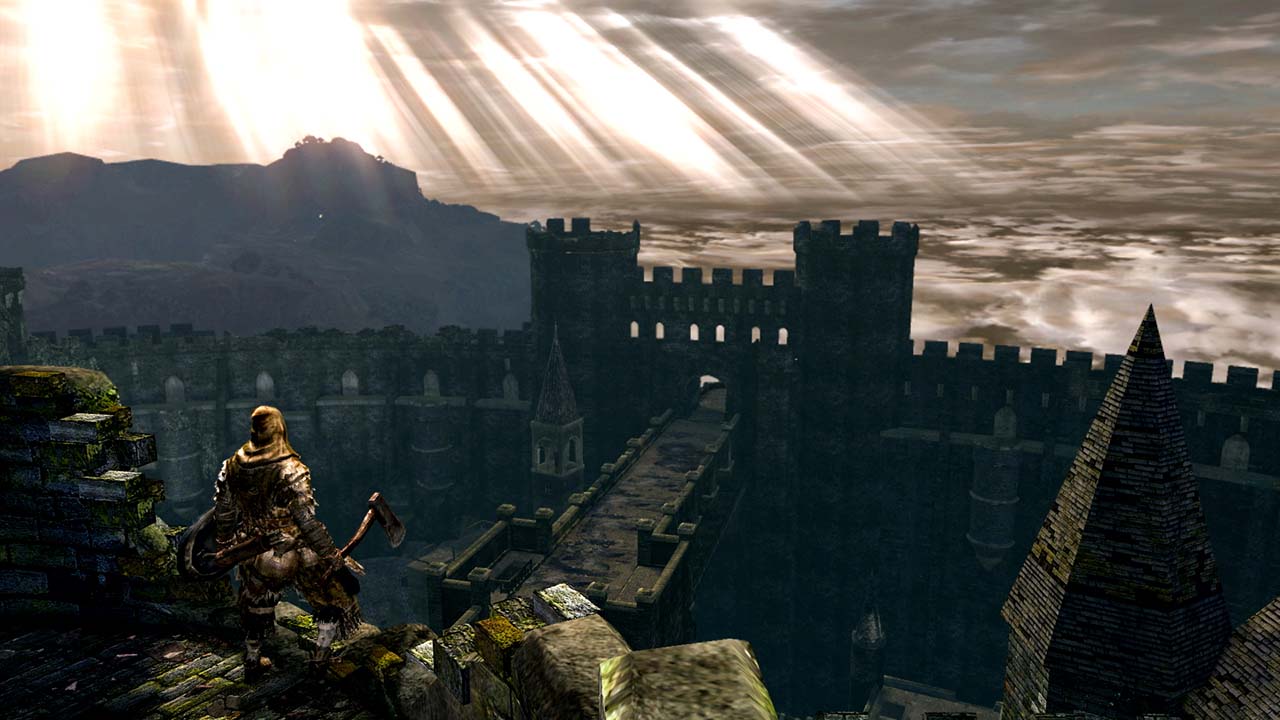
The distinct nothingness you can sometimes feel as you explore and cut down enemies to absolute silence is brilliantly cathartic. It helps heighten the moments when you confront a big bad dude, as those crushing tunes are practically overwhelming after hours of silence highlighted with the noises of death and struggle here and there.
I came into playing Dark Souls Remastered with the hope of finally getting addicted to the series like so many others, considering the boat had long ago sailed beyond my own backlog. I was not only wholly bewitched, I thoroughly loved my time with the game. I really wanted more of this game, and will easily come back to it many times in the futures – and now on the go too!
While there are lingering issues with Dark Souls as this is simply a remaster, they are largely inconsequential as this is a spectacular game. Sure, the game may simply be channeling old school difficulty and storytelling, but there’s absolutely nothing wrong with that. If you’re tired of modern games treating you like an infant, please give Dark Souls a chance. Enjoy undeath.
Dark Souls Remastered was reviewed on Nintendo Switch using a review copy provided by Bandai Namco. You can find additional information about Niche Gamer’s review/ethics policy here.
The Verdict: 9.5
The Good
- Improved visuals and performance that further cements a dark and hopeless world
- Largely untouched gameplay and difficulty is classic-era gaming reborn
- Small quality of life improvements that enhance but don’t cheapen the difficulty
- Switch version lets you enjoy one of the greatest ARPG’s ever made, on the go
The Bad
- Progression issues from the original, largely the switch up in the second half, persist
- Clearer and better performance can remove some mystery, danger
- Switch hardware lags behind the others in terms of performance
- Is largely just a visual/performance upgrade